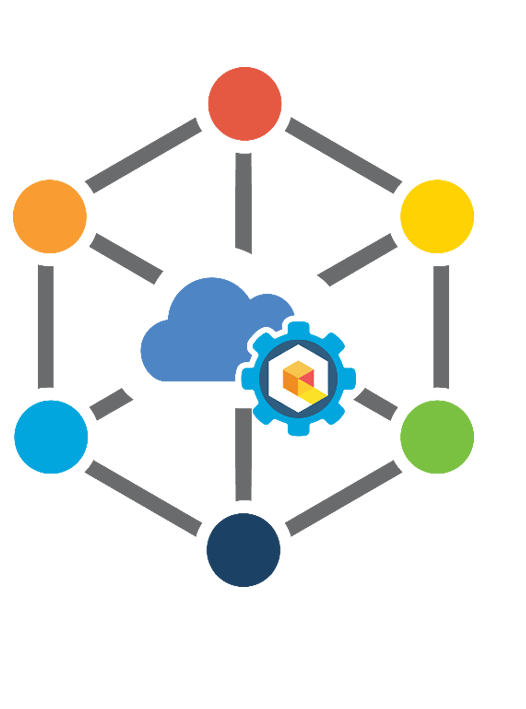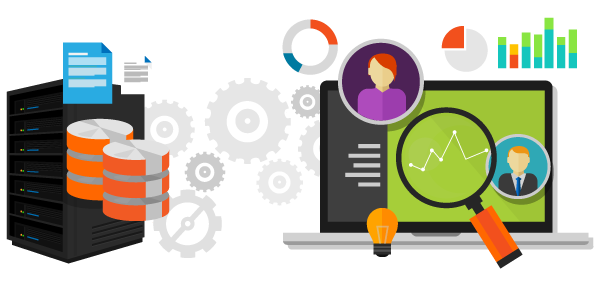 Overview
Overview
Businesses today receive data from multiple sources at once, and these avenues are increasing as more channels for collecting user data are identified and incorporated into business operations. Data Integration helps in bringing scattered information together in a unified format so that stakeholders can get better business insights. Timely integration of vast volumes of heterogeneous data is imperative to make and support strategic and operational business decisions.
Competitive EdgeWe support our clients to create and build their competitive advantage considering revenue, efficiency, and profitability. Based on in-depth analysis we build practical and executable recommendations that deliver a strong proposition to customers and consumers. A strategy in Marketing & Sales is only successful when the Consumer sees, feels and reacts. Therefore, implementation is EXECUTION – and this is what we focus on: connecting Strategy to Execution.
Considerations before starting your integration journey
Build or Buy?
Many businesses still think that building a Data Integration solution is more cost effective than buying a commercial product. They fail to take total cost of ownership and other opportunity costs into account. Best Practice is to take total cost of ownership and opportunity costs into account and then evaluate if building an integration solution is worth investing the resources. The best practice is to customize a COTS product to meet specific business needs.
Consider PerformanceThe assumption is that data integration technology has no latency. That’s never the case. If you consume a great deal of data from many source systems, the processes on that data in flight really determine the performance of the data integration solution. If the processing is I/O-intensive or complex, things will be slow. If there is little processing, then things will speed up. The only way to deal with performance is to understand the target integration technology, as well as the use cases that you plan to leverage. Not understanding those pieces means performance is difficult to predict, and you could end up failing just because the solution is too slow during production. This is a difficult problem to solve after the fact.
Long term ROI
While opting for a Data Integration solution, businesses tend to look at the short-term benefits and aim for a quick ROI. The feasibility and relevancy of the opted solution in the long-term is overlooked.
The new ROI for data integration can be defined a few ways, including:
The use of data services to combine core data assets with composite applications and critical business processes. This allows those who leverage data services, which is a form of data integration, to mix and match data services to provide access to core applications or business processes. The applications leverage the data services (typically REST-based Web services) as ways to access back-end data stores, and can even redefine the metadata for the application or process (a.k.a., Data Virtualization).
This provides for a compressed time-to-market for critical business solutions, thus returning much in the way of investment. What’s more important is the enterprise’s new ability to change to adapt to new business opportunities, and thus get to the value of agility. This is clearly where the majority of ROI resides.
The use of integrated data to make better automated operational decisions. This means that we’re taking integrated data, either as services or through simple replication, or using that data to make automated decisions. Examples would be the ability to determine if inventory levels will support an increase in sales, or if the risk levels for financial trades are too high.
The use of big data analytics to define advanced use of data, including predicting the future. Refers to the process of leveraging big data, and big data analytics, to make critical calls around the business, typically calls that are more strategic in nature. An example would be the use of predictive analytics that leverages petabytes of data to determine if a product line is likely to be successful, or if the production levels will likely decline or increase. This is different than operational use of data, as we discussed previously, in that we’re making strategic versus tactical use of the information derived from the data. The ROI here, as you would guess, is huge.
A general pattern is that the ROI is much greater around data integration than it was just 5 years ago. This is due largely to the fact that enterprises understand that data is everything, when it comes to driving a business. The more effective the use of data, the better you can drive the business, and that means more ROI. It’s just that simple.

Complex tools
It is business users that derive the most value from the data; therefore, opt for an intuitive tool with a user-friendly interface that can easily be used by people with no or minimal programming knowledge.
A Data Integration tool will have a significant impact on your core business activities. The right choice of tool can streamline your data management process, free your IT resources to focus on more critical business aspects, maximize your return on investments, and give frontline business users more control over data. On the other hand, a wrong choice might leave you with a complex tool, increased expenses, and poor results.
While this seems like something that’s obvious, most major data integration mistakes can be traced back to failures around understanding what data exists in the source and target systems. There could be data stored in block storage, data objects, traditional relational systems, and even data stores that are proprietary.
Data should be defined in terms of physical storage as well as structure, or lack of structure, if that’s the case. From there, determine what approach is best for data integration, including transformation and translation of the data in flight, as well as if structure needs to be applied before the data is consumed into the data integration engine.
Security
Security should not be an afterthought. Indeed, it should be systemic to the data integration solution. This includes identity and access management, as well as encryption. We need to deal with compliance issues as well. There are often many laws that determine how data should be handled.
Governance, especially data governance, is important as well. Just as we put forth the notion that you need to understand your data, you also need to make sure that you control how your data changes over time, as well as restrict who can change and access the data using policies.
These three mistakes are avoidable. However, they are also common. As we move forward with data integration technology, we need to consider how things can go wrong, as well as how they can go right. Studying history is sometimes the most productive path.
Our support team will resolve issues promptly and effectively allowing your focus to be solely engaged with your business activities.

Why choose OsScopo for your data integration?
What are the benefits?
Tracible , Secure, Efficient and Visible
Longterm ROI
A data Integration solution, adaptable to long term goals.
Security
As part of the solution data governance, identity and access management.
Performance
We understand the target integration technology to enhance the overal user experience.
Tools
The right choice of tool can streamline your data management process.

OsScopo Consulting, an Oracle Partner is a managing and technology consulting company. We leverage years of experience and proven best practices to help companies plan, design, implement and support fully utilized and optimized data solutions. Which enable mission-critical systems to perform at peak service levels. It is founded on deep domain expertise as well as the principle that “one solution does not fit all”.